How Does a Stop and Waste Valve Work?
When you are living in the coldest region, things are a bit different. Due to the coldness of your area, the water can get freeze into the pipe and end up bursting the entire pipelines. That’s really a disastrous thing. In order to prevent this type of situation, most of the water lines are found to be installed with stop-and-valve fitting. You might have also got one for your home, but do you know how does a stop and waste valve work? Have you ever wondered what these things are? Well, this article is crafted with all of these answers. So, if you are really willing to know about the stop-and-waste valve, then you have landed on the right place.
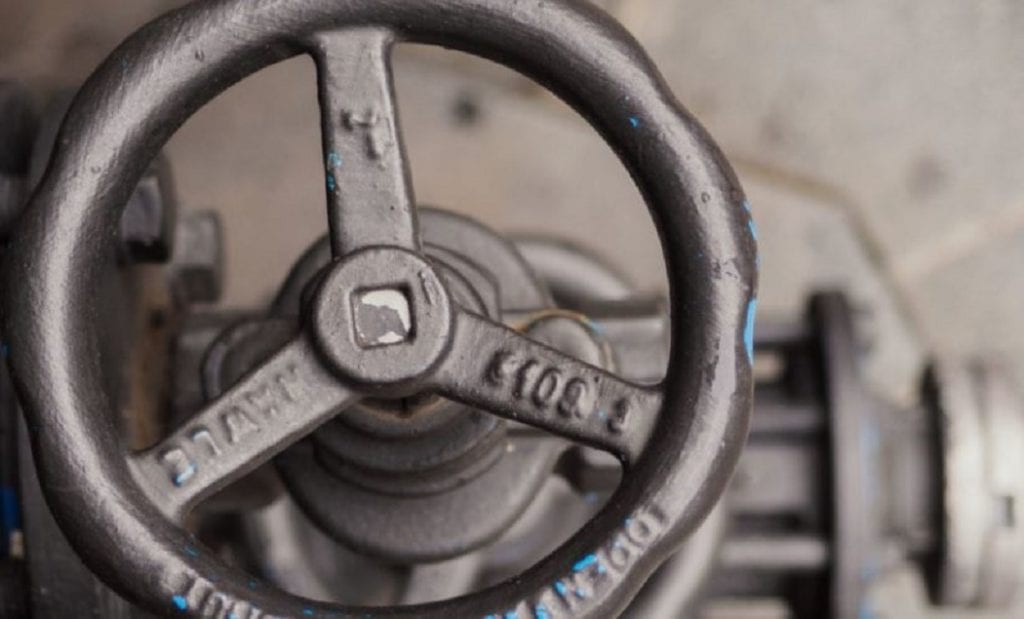
How Does a Stop and Waste Valve Work?
The main sprinkler shutoff is usually located underground, about 4-5 feet deep, with a T-bar outside that is used to turn it off. Some higher-quality brands have automatic fixtures that don’t require manual setup. This stop-and-waste valve uses a meter key to turn it on and off.
When you set it to of this essential tool will drain the water automatically from the line. And that’s how it keeps the pipeline protected during the winter season. As the water drains down, it eliminates all the possibilities that can lead the pipes to burst.
It will extend the life of your plumbing system to the fullest, but like other equipment, a stop-and-waste valve will fail at the end. Thus, the chances of bursting will increase once again. If the water can’t drain away properly, the pipes will become frozen, and the pressure will make the pipe burst out. That’s why you should learn how to replace them.
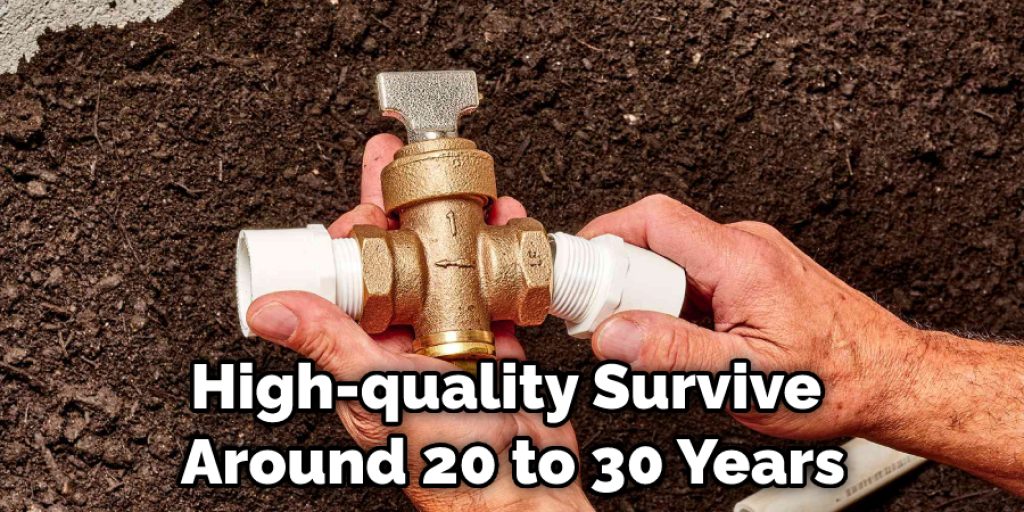
Commonly, a high-quality stop-and-valve can survive around 20 to 30 years. They can survive more than that time, and it is found most often. But as the water flows steadily inside of the pipe can lead its parts to erosion. This may cause the T-bar to break down. If this happens, you will notice that the flow of water has increased significantly. In rare cases, the valve inside the device can also be worn out. There is abundant reason for which can damage the stop-and-waste tool. No matters what the reason is, you need to act quickly to solve them out. As I have said, you will get everything in this article. So, let’s see how to install a stop-and-waste valve.
How to Install a Stop-and-waste Valve?
When installing a stop-and-waste valve, you must first dig a hole down to your main water line from where the water comes from the city. If you call any sprinkler technician, they will also start with this process. If your house has older lines, things are a bit different for those lines. It is because they were usually made of galvanized steel. The copper lines that are used nowadays were made in the 70s and 80s. At present, every new home has these copper pipelines.
This is usually mainline from where water enters your property. Anyway, you have to now cut into that mainline. The placement of this sprinkler is usually set right at the foundation of the house.
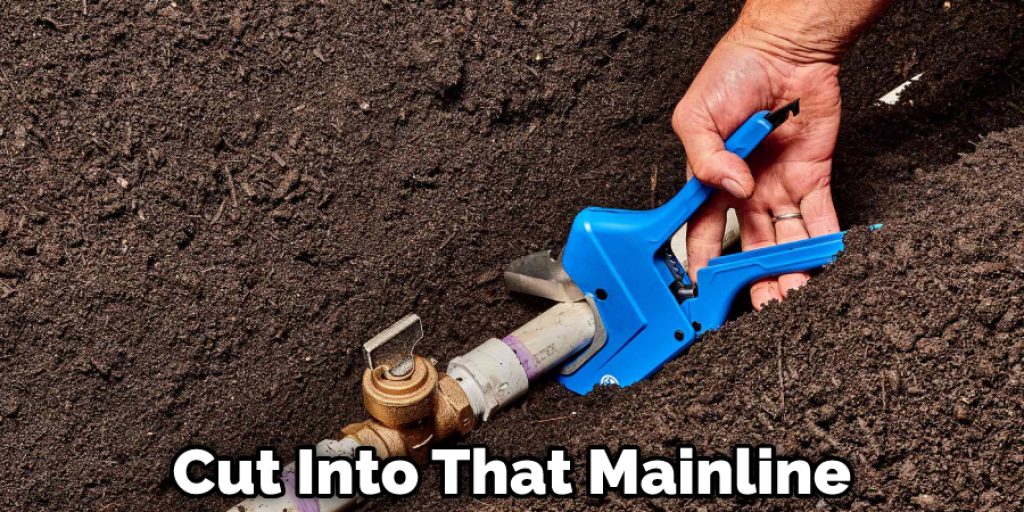
Okay, once you have found that location, you have to make the attachment with a compression T, which should run perpendicularly. The water flows that flow from your yard enters through the stop-and-waste valve.
Why Is It Called a “stop and Waste Valve”?
It is pretty easy. When the tap is shut off, it “stops” the water flow through the pipe. When the valve is off, a hole at the base of the valve is released that permits water to flow between stop and waste and natural valves of the sprinkler and thereby “waste” the stream. This ‘waste’ greatly reduces the possibility, at least in the main sprinkler line. This saves the pipes from getting frozen or destroyed during winter. An air compressor can pump out the device to ensure that all the water is extracted from all the pipes.
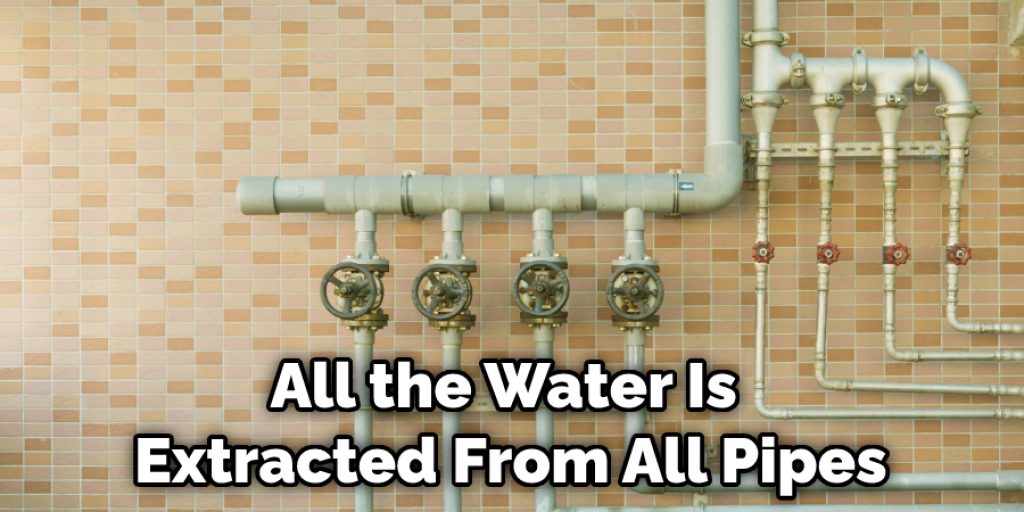
Frequently Asked Question
Why Is My Stop-and-waste Valve Leaking?
If your stop-and-waste valve is constantly leaking, there may be several reasons for this. One possibility is that the valve may be damaged. If the valve isn’t closing properly, water will seep into the waste system and cause messages and odor. Another possibility is that the valve may be clogged. This can be caused by debris, sediment, or scale buildup. If this is the case, you may need to replace the valve.
What Is the Purpose of a Waste Valve?
A waste valve is a device that is used to regulate the flow of water or gas in a system. It is typically found in tanks, pipes, and other systems where water or gas is used. The purpose of a waste valve is to prevent the system from becoming overloaded and causing potential damage.
Waste valves are typically used in systems that contain water, oil, or other fluids. When the system becomes overloaded, the waste valve will open to allow the excess fluid to escape. This will prevent the system from becoming flooded and causing damage. Additionally, regulating the flow of fluid, it can help to maintain a consistent temperature in the system.
What Is the Difference Between a Stop Valve and a Gate Valve?
A stop valve is a valve that is used to prevent water from flowing backward. This is often used in water systems where water pressure is too high for the valve to handle. A gate valve, on the other hand, is a valve that is used to control water flow. This is often used in water systems where the pressure is low enough for the valve to handle, but the water flow is desired to be regulated.
Do Stop Valves Restrict Flow?
The answer to this question is a little bit complicated, as many factors come into play. However, in general, stop valves restrict flow in a particular direction, and this can have negative consequences. For example, if stop valves are used on a pipeline to transport oil, they can reduce the flow of oil and cause a potential explosion. Similarly, stop valves on a water pipeline can cause water to back up and create a flooding situation.
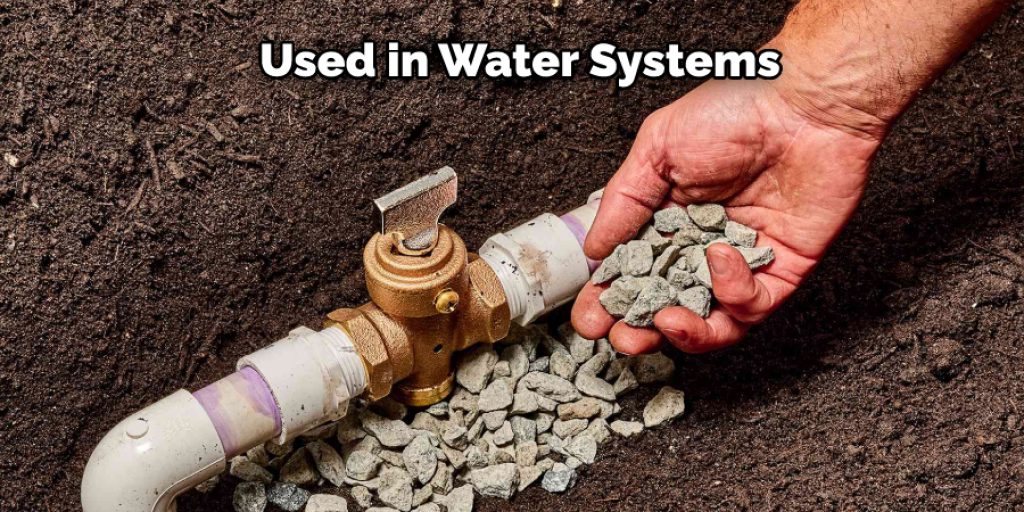
It is important to use stop valves correctly and for the appropriate purpose. If you have any questions about how to use them or if you are experiencing any problems, it is important to contact a professional. They will be able to help you ensure that your systems are functioning properly and that you are not running into any dangerous consequences.
Conclusion
Have you understood how does a stop and waste valve work? Or you are still confused. Hopefully, the above discussion has cleared all of them. If you have any questions, you can ask me through the comment section below.




